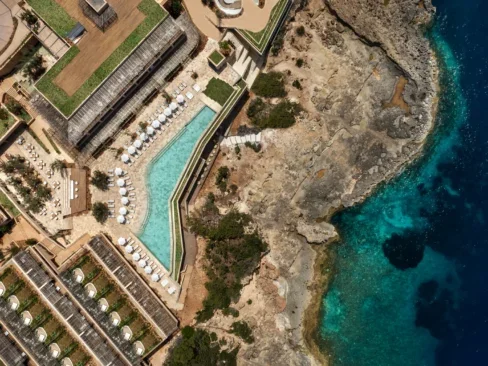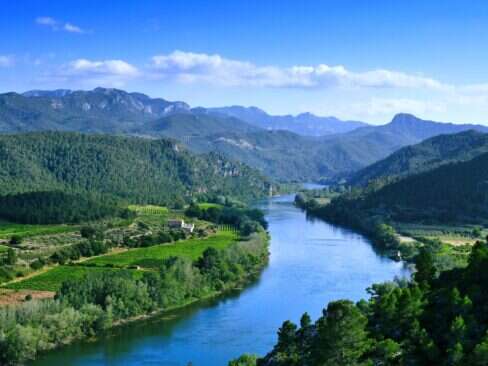UNESCO — the organization behind biosphere reserves — describes them as “learning places for sustainable development”. Essentially, they are testing grounds aimed at developing a better understanding of the interactions between social and ecological systems. Generally, these are locations of impressive biodiversity and visual beauty where local changes have been made to ensure these naturally diverse areas are protected.
Witnessing a well-balanced ecosystem and learning how a country’s flora and fauna react with the local populous can be an exciting way and fresh way to better understand a country you visit. It’s also a great launch pad for sustainably conscious travelers looking to reduce their impact and focus on a country’s natural wonders.
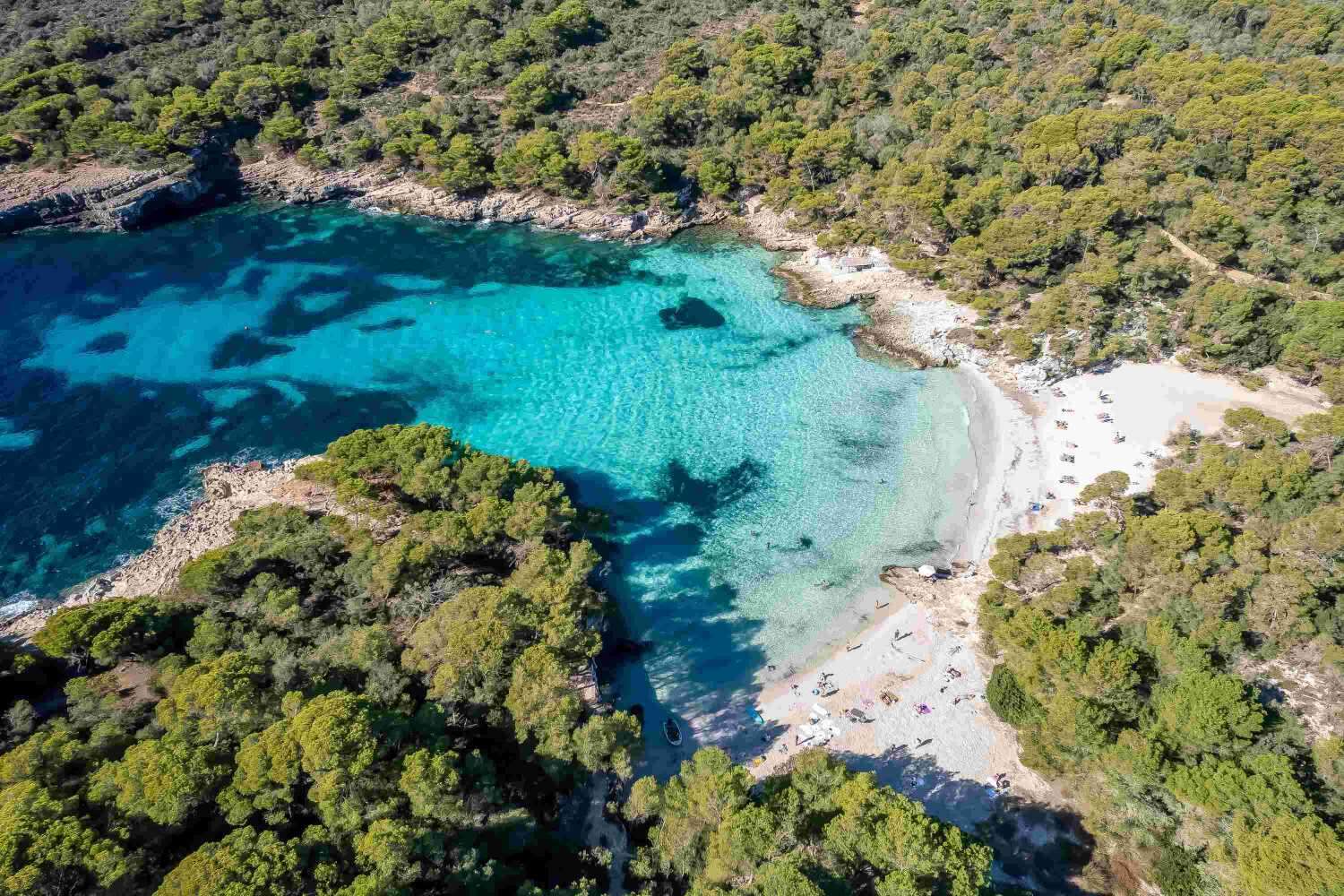
Thanks to Spain’s aforementioned varied climate and terrain, there is a huge amount for travelers to dive into. Those looking to tick off as many biosphere reserves as possible should certainly look to northwest Spain, this region includes 22 of Spain’s reserves, particularly in the area around Leon, where visitors will find 14 reserves in close proximity.
From the snow-capped peaks of the Cantabrian mountains to the rivers, salt marshes and lagoons of the Valle de Cabriel, there is a huge amount to choose from. To reflect the expanse of Spain’s biosphere reserves, we have selected several locations from all around the country. It’s important to remember that wherever you are visiting in Spain, it’s likely you will be close to a reserve, so be sure to visit and find out more about the natural wonders Spain has on display.
[See also: The Best Wellness Retreats in Spain]
La Gomera
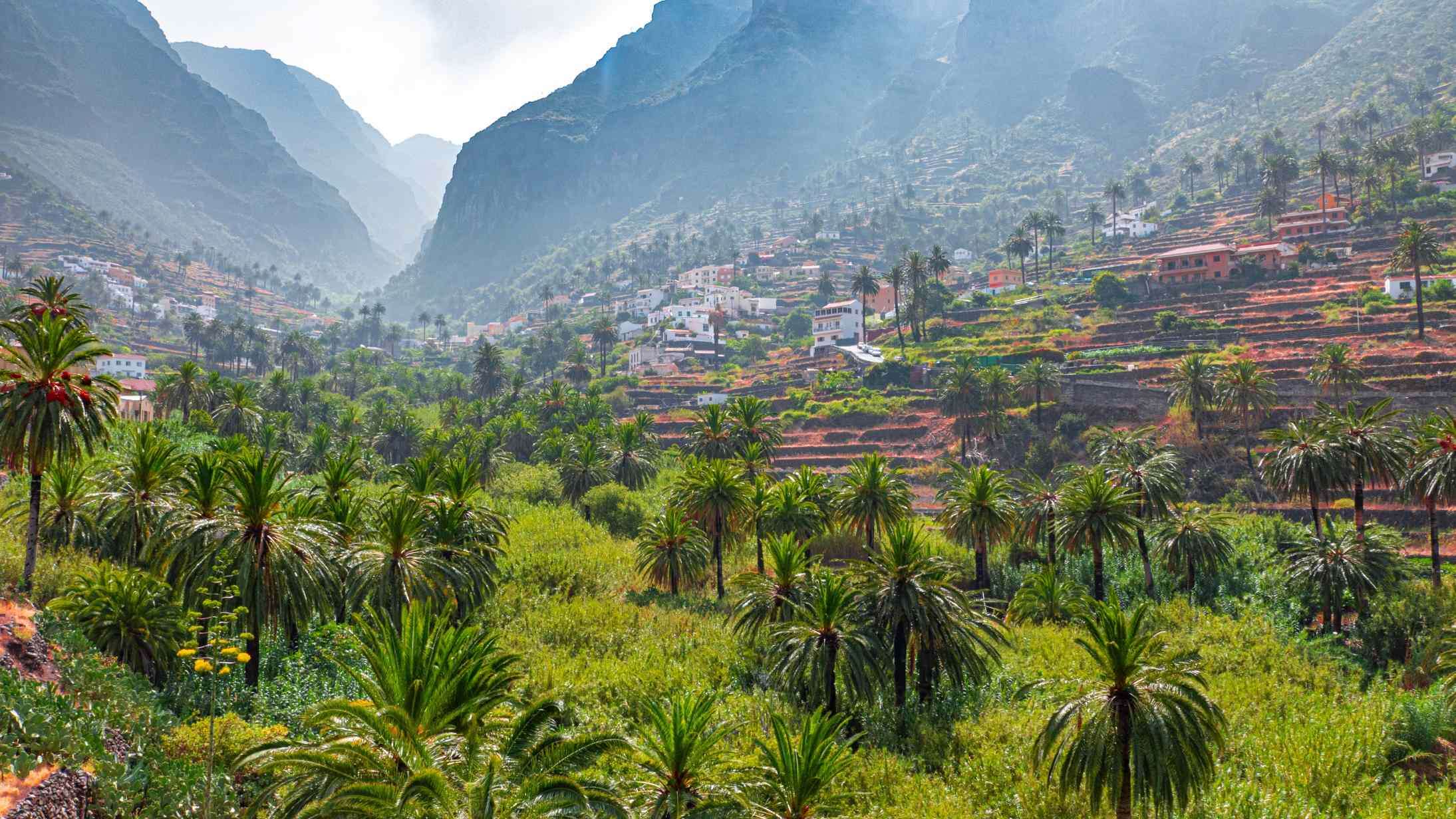
We begin our journey off mainland Spain in the Canary Islands, at the second smallest island of the archipelago, La Gomera. At 142 sq mi, this island manages to pack a lot into a small surface area. With only 22,000 inhabitants, the island is dominated by an impressive central plateau which sits 3,300 ft above sea level. Stretching up to this plateau, a network of ravines carved out by water erosion creates a dramatic landscape.
Thanks to a mixture of environmental factors, like the trade winds from the west and the volcanic nature of La Gomera, an exceptionally unique climate has developed. Close to the sea, cliffs and beaches are sunbaked and dry, rising in altitude a laurel rainforest develops that can see up to 50 inches of rain each year. While the upper regions are almost always shrouded in cloud, developing into a cloud forest climate.
There is also Garajonay National Park, a UNESCO World Heritage site named after the rock formation that marks the island’s highest point. Visitors looking to be immersed in a luscious landscape should certainly look to La Gomera, just keep an eye out for the giant lizards while you do it.
[See also: The Best Eco-Friendly Hotels in Spain]
Omaña and Luna valleys

Back on the Spanish mainland, we arrive in Spain’s northeast, the land of the biosphere. We had to include this region on the list as there are just so many reserves to choose from and we have settled on the Omaña and Luna valleys.
Designated as a biosphere reserve in 2005, the Omaña and Luna valleys are particularly special given the number of species that can be found here which are endemic to Spain and Portugal. A short drive of less than an hour from the city of Leon, these valleys feature a mixture of rivers, gorges and mountains that can stretch up to 6,500 ft above sea level.
Animal lovers should seek out the broom hare, brown bear and capercaillie, as these can only be found in the landscape that surrounds the Cantabrian Mountains. There is also an impressive architectural history in the area with over 100 religious buildings, many of which date back to the Baroque period.
[See also: The Best Surfing Beaches in Spain]
Terres de I’Ebre
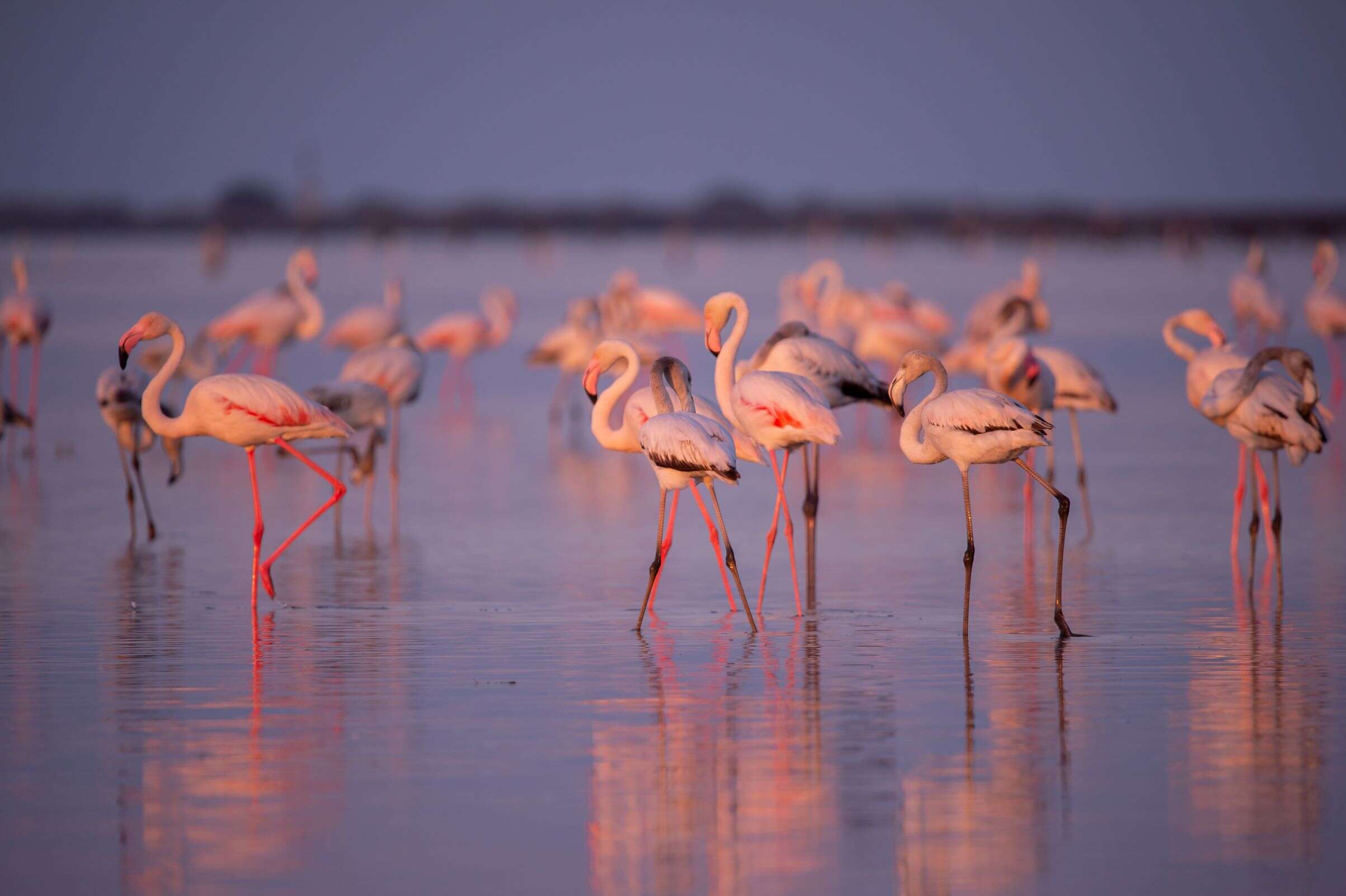
Looking east to the Mediterranean, visitors will discover the Terres de I’Ebre biosphere reserve. The southernmost and second least populated region of Catalonia, this area is dominated by the Ebro River — the longest river entirely within Spain, and the second longest of the Mediterranean basin, behind the Nile.
The point this river meets the sea has formed into the Delta de I’Ebre, now a designated nature reserve within the biosphere reserve. Here, expansive beaches and lagoons lay home to flamingoes and many other birds, while inland in Els Ports travelers can spot eagles, vultures and wild goats.
Aside from being a natural haven, this landscape also contains important historic sites. There are prehistoric paintings — designated as a World Heritage site by UNESCO — that lie among both Templar and Moorish castles, from the various groups that once called this region home. Those visiting Valencia will find Terres de I’Ebre particularly accessible as it lies just a short drive north, a visit to this biosphere reserve could pose as the ideal natural break during a city getaway.
[See also: An Ernest Hemingway Guide to Spain]
Minorca

Leaving mainland Spain and heading into the Mediterranean, much like La Gomera, the entire island of Minorca is a designated biosphere reserve. Receiving accreditation back in 1993, Minorca is regarded as particularly special due to the variety of habitats that can be found across the island. Dune systems, wetlands, caves and beaches are all present on this jewel of the Mediterranean.
There are around 40 ravines that stretch across southern Minorca, these lay home to over 200 species, many of which are native to the island, it’s a particularly good spot to catch a glimpse of sea birds and birds of prey. Minorca’s smaller islets such as Aire, Porros and Colom feature no human settlements, this has resulted in the islets transforming into refuges for animals like the Balearic lizard.
The island of Minorca with its white sand beaches, caves and natural abundance could be the ideal family getaway, offering the ideal mixture of escape, relaxation and education.
[See also: Earth Day: The Luxury Hotels and Resorts Going Green]







